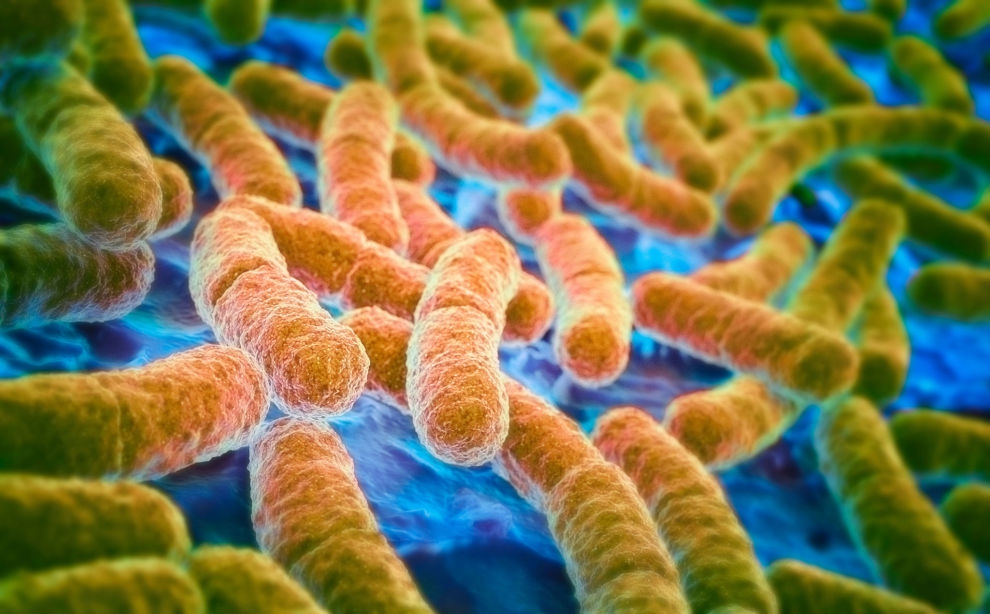
 Fighting antibiotic resistance
Fighting antibiotic resistance
Roughly two weeks ago, the United Nations convened their first ever general assembly meeting for the purpose of discussing the ongoing global medical crisis regarding the recent arrival of so-called ‘superbugs’. These bacterial infections are thought to have mutated to become resistant to antibiotics due to the overprescription, incorrect medical application and overuse of antibiotics in meat production. ‘Superbugs’ are now estimated to kill at least 700,000 people every year.
The video below from Kurgesagt briefly explains how these drug-resistant strains developed.
So with no new antibiotics due to arrive on the market in the near future and only two new varieties having been made available over the last 50 years, a Malaysian PhD student at The University of Melbourne decided to take a totally different angle, and she may just have discovered a whole new way to fight drug-resistant infections. The 25 year old Shu Lam has likely set the bar for scientists trying to solve this problem by doing what the best and most aware practitioners within the scientific community have been doing since time immemorial: Applying a totally different concept and method to solve a problem which can no longer be solved by known/conventional means.
Instead of trying to discover a new antibiotic to battle the rise of 'superbugs', Shu Lam has instead focused on finding a different approach to kill bacterial infections without bringing harm to the infection's host. And after three years of research she may have made a key breakthrough that leading scientists say could totally change the future of modern medical thinking and bring about a 'post-antibiotic era'.
Conventional antibiotics work as chemicals that surround bacteria, breaking them down in several ways. However, healthy cells and friendly bacteria that come into contact with the antibiotics can also be destroyed. It is also on this note that Lam's approach may be a game changer. Lam has been engineering tiny star-shaped molecules, built with chains of particular protein units called peptide polymers that break apart the cell wall of the bacteria and causes the bacteria to start killing itself.
A bonus of using these molecules is that unlike antibiotics, these molecules do not also target the healthy cells or friendly bacteria, making these molecules both a completely new way to kill bacteria and also a far less harmful way of doing so than conventional methods.
Currently, Lam and her team have made tests using the polymer molecules on one strain of bacteria in mice and six different superbugs in the laboratory. Both the bacteria in the mice and six superbugs were incapable of resisting the polymers, even after several further generations of mutations.
As things stand now, conditions such as pneumonia, meningitis and typhoid have developed strains that are highly aggressive and antibiotic resistant.. Soon this heightened agressivness and drug resistance could stretch to more common conditions such as gonorrhoea, which already has a super resistant strain that has was discovered in Leeds this year.
With the director of the World Health Organisation calling for less reliance on antibiotics in the battle against disease, this young ladies' research may just be the key to saving the millions of lives in jeopardy from these superbugs which are developing across the globe rapidly. Watch this space.
@PhillyTea
